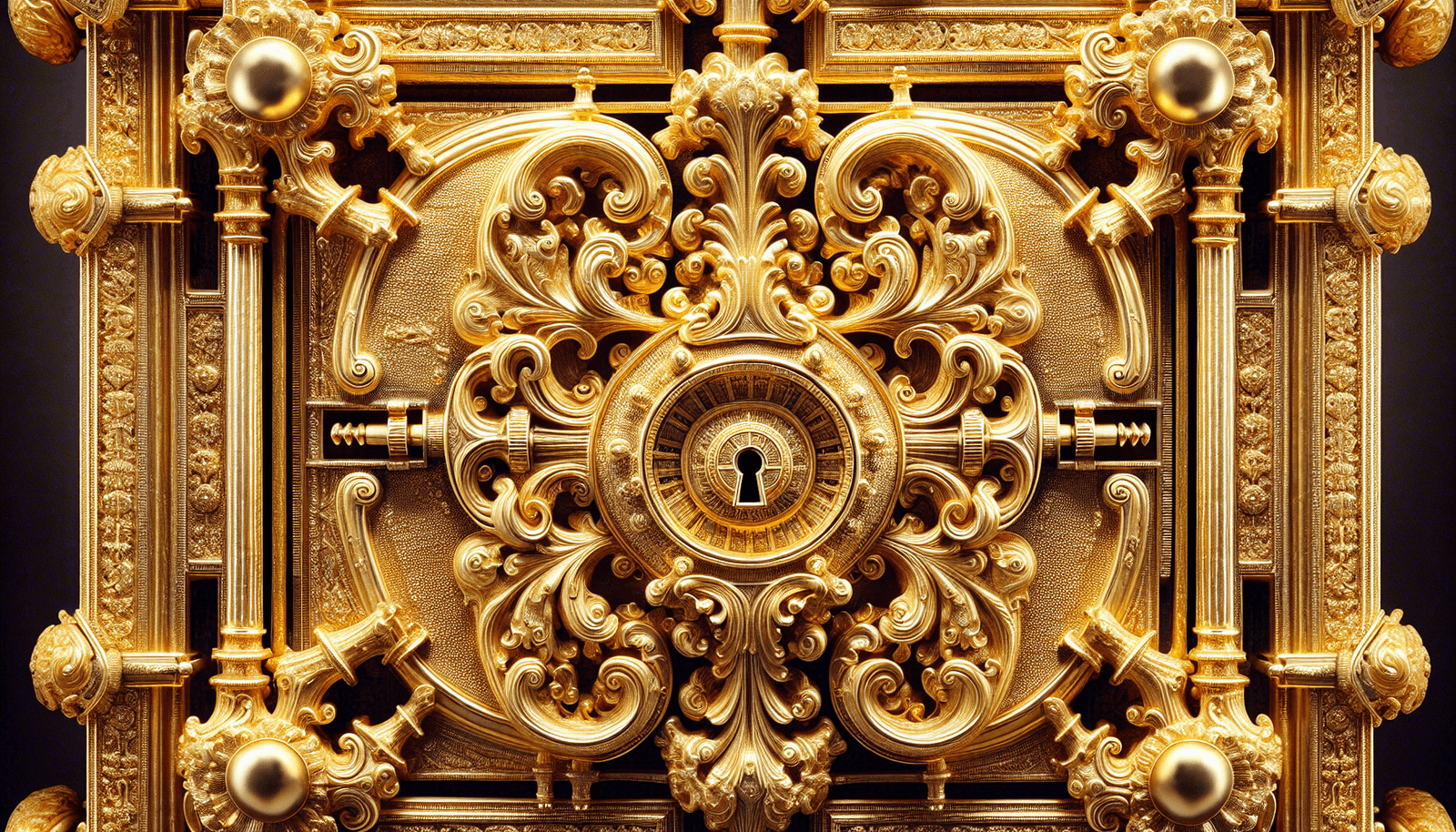Strategies For Safeguarding Gold Treasures In Museums
Have you ever wondered how museums protect their valuable gold treasures from theft or damage? In this article, we will explore various strategies that museums use to safeguard their gold artifacts and ensure their preservation for future generations.
Security Measures
When it comes to safeguarding gold treasures in museums, security measures play a crucial role in deterring theft and vandalism. Museums often employ a combination of physical security, such as alarms, locks, and security guards, as well as electronic security systems like surveillance cameras and motion sensors. By implementing these measures, museums can create a secure environment for their valuable gold artifacts.
Ensuring that security measures are up to date and regularly maintained is essential in protecting gold treasures from potential threats. By conducting regular security audits and assessments, museums can identify any vulnerabilities in their security systems and take necessary steps to address them.
Display Cases and Enclosures
One of the most common ways museums protect their gold treasures is by placing them in secure display cases and enclosures. These cases are often made of high-quality materials like tempered glass or acrylic, which provide both protection and visibility for the artifacts. By placing gold treasures in display cases, museums can prevent them from being damaged or tampered with by visitors.
In addition to display cases, museums also use secure enclosures to further protect their gold artifacts. These enclosures are often equipped with advanced locking mechanisms and climate control systems to ensure the preservation of the artifacts. By using these protective measures, museums can safeguard their gold treasures from environmental factors like humidity and temperature.

Surveillance Systems
Surveillance systems play a critical role in monitoring and protecting gold treasures in museums. By installing surveillance cameras in galleries and exhibition spaces, museums can keep a close eye on their valuable artifacts and detect any suspicious activities. Surveillance systems can also help museums track the movement of visitors and ensure the safety of their gold treasures.
In addition to surveillance cameras, museums may also use other monitoring devices like motion sensors and alarm systems to enhance security. These devices can alert museum staff to any potential threats or unauthorized access to restricted areas. By utilizing surveillance systems and monitoring devices, museums can improve their overall security measures and protect their gold treasures.
Access Control
Controlling access to gold treasures is another essential strategy that museums use to safeguard their valuable artifacts. By limiting access to only authorized personnel or approved visitors, museums can reduce the risk of theft or damage to their gold treasures. Access control measures may include the use of key cards, passcodes, or biometric authentication to ensure that only authorized individuals can handle the artifacts.
In addition to physical access control, museums also implement strict procedures for handling and transporting gold treasures. By establishing clear guidelines for how artifacts should be moved and displayed, museums can minimize the risk of accidents or mishandling. By prioritizing access control and proper handling procedures, museums can protect their gold treasures from potential threats.

Conservation and Preservation
Conservation and preservation efforts are crucial in safeguarding gold treasures in museums and ensuring their longevity. Museums often employ conservation specialists who are trained in the proper care and restoration of artifacts. These specialists work to prevent deterioration and damage to gold treasures through careful cleaning, stabilization, and restoration techniques.
In addition to conservation efforts, museums also implement preservation strategies to protect their gold artifacts from environmental factors. Museums may use specialized storage facilities with climate control systems to maintain optimal conditions for the artifacts. By monitoring factors like temperature, humidity, and light exposure, museums can prevent damage and degradation to their gold treasures.
Conclusion
In conclusion, safeguarding gold treasures in museums requires a combination of security measures, display cases, surveillance systems, access control, and conservation efforts. By implementing these strategies, museums can protect their valuable artifacts from theft, vandalism, and environmental damage. By prioritizing the preservation of gold treasures, museums can ensure that these precious artifacts will be enjoyed by future generations for years to come.
